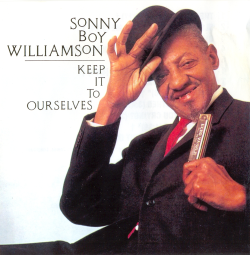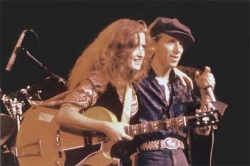Introduction to Sonny Boy II Harmonica Technique
 Don’t start me talking, I’ll tell you everything I know
Don’t start me talking, I’ll tell you everything I know
Elwood reminded folks at the Harp Surgery it’s the anniversary of Sonny Boy II’s birthday this week. How about we tab out one of his monster tracks? he suggested. The Doc stroked his goatee and lifted his bowler down from the coat stand. No need to tab one number, young Elwood, we’ll do them ALL he replied. But how is that possible? quizzed Elwood.
The Doc raised a sagely eyebrow. Once you’ve mastered his trademark cross-harp licks and timing, my boy, you can tackle much of his material. Then it’s a case of studying the first position harp work, timing and tone. But always remember you will never sound exactly like the master, nor should you . Elwood started warming his favourite blues burger. So where do we begin? he asked. From the turn around, answered the Doc, it’s his signature lick. It goes like this…

 The keys to success
The keys to success How low can you go?
How low can you go?


